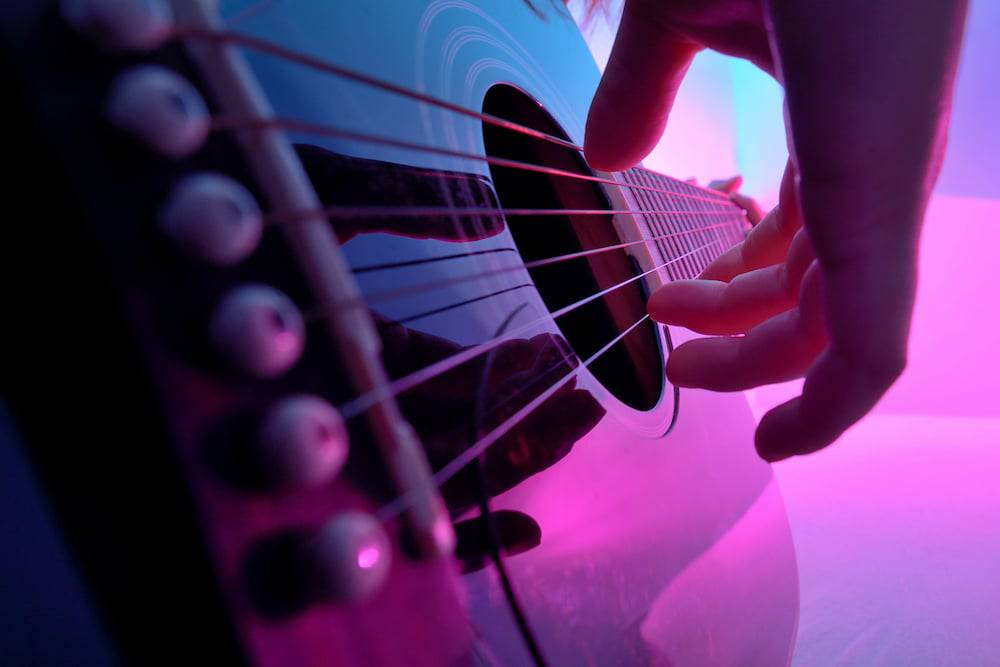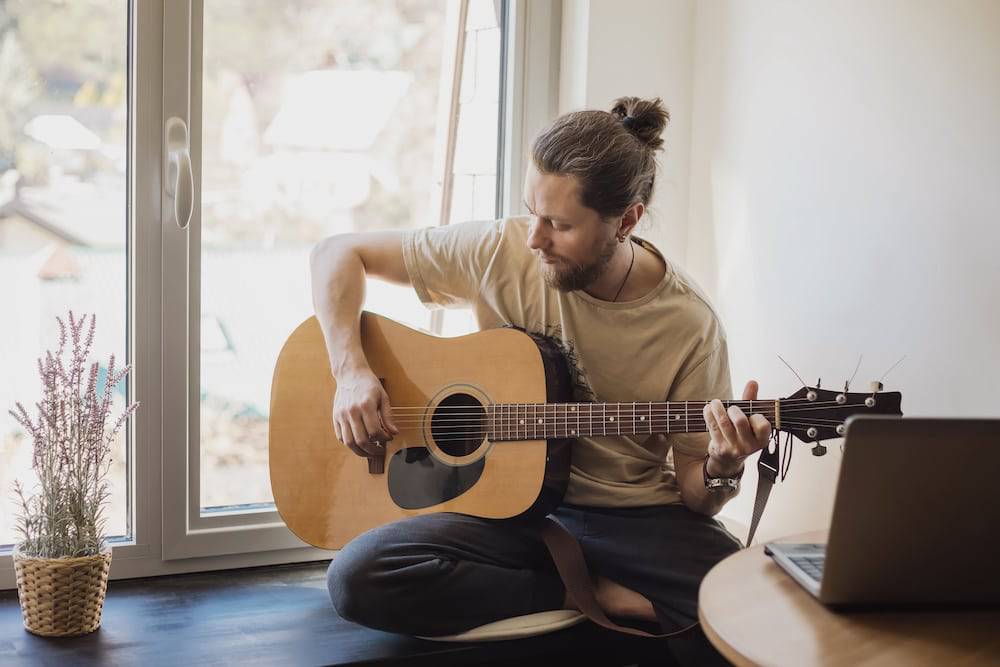A Short History on How the Modern Guitar Got Its Shape

The guitar is arguably one of the iconic instruments, serving as a staple in modern music. Across all genres, from rock to country and yes, even some hip-hop, you will undoubtedly hear a guitar on your favorite track. Plus, any time you think of your favorite musical artist from the recent era, odds are good that you can conjure up an image of them playing a guitar while performing. In fact, did you know that today’s guitar is the 2nd most played instrument in the world? Because of this, it is no wonder that so many students enroll for face to face and online guitar classes here at Music House.
That being said, do you know how the modern guitar came about? It is actually shaped from several different ancestors and has evolved over time. We want to take a deeper dive into the history of the guitar and discover just how it got its shape. Keep reading to learn more!
Lutes and Ouds
We would be doing the history of the guitar a disservice if we didn’t stop to talk about the Oud and the Lute! Many historians cite the Greeks with the creation of the Kithara as the original guitar. But it is the Oud and the Lute that are more closely related to the guitar. Lutes and Ouds have many similarities to the modern guitar, but with a few key differences.
Firstly, you should note that Lutes and Ouds can have anywhere from 20 to 30 strings. They are generally much smaller than the modern guitar as well. Their shape is also a bit different, as they have rounded, more bulbous bodies instead of flat ones.
Early “Guitars”
Around the year 1600, the Baroque guitar was invented. This instrument notably had 5 strings and moveable frets, making it much easier to play than previous versions. This quickly became popular across Spain, which led Antonio de Torres Jurado to create the next style of guitar that wasn’t too far from the modern guitar. Jurado’s style replaced wooden peg tuners with machined heads making the tuning process much easier.
The Modern Guitar
The next innovation to the guitar would be made by American immigrant Christian Frederick Martin. This German-born guitar maker was able to make the guitar flatter, add steel strings and the correct support for the strings. The advancement of steel strings made guitars louder and produced a brighter sound for chords. The flat top guitar quickly rose in popularity, and it wouldn’t be until 1931 that another huge advancement was made to guitars, with the invention of the electric guitar.
While an instrument like the guitar predates many other instruments, there have been many advancements made to make the modern guitar. Without the work of Antonio de Torres Jurado and Christian Frederick Martin the guitar would be a very different instrument today.
The Electric Guitar
It is difficult to imagine modern music without the eclectic guitar, isn’t it? Acoustic guitars are wonderful and certainly serve a purpose, but the implementation of the electric guitar helped to create many new playing styles and genres of music. Can you picture guitar legends such as Jimi Hendrix and John Mayer shredding the same way during a live concert if they didn’t have their electric guitar? We didn’t think so.
Core Classes for Beginners
Are you interested in learning more about the guitar? Don’t just read about it – put it into practical application! If you have never played the guitar before a day in your life, don’t worry! We highly suggest signing up for one of our core classes first.
For your convenience, all three of our Music House locations have basic core classes that teach children age 9 all the way up to adult learners. Joining one of these core classes is a great way to get your feet wet in a low pressure environment. As you advance through the core class, you can shift over to private lessons which will help you expand your growth and gain new skills.

Private Guitar Lessons
Here at Music House, we are proud of the face to face and online guitar classes that we have available to our students. Working closely with one of our talented and dedicated instructors has incredible value, taking private music lessons tends to help you branch out and bolster your creativity. However, that isn’t the only piece to the music education puzzle!
As a matter of fact, we believe that learning an instrument has other elements you should consider as well. Of course you will come to your lesson each week, but it is also vital that you practice at home for 20 minutes a day. This part cannot be skipped! From there, once you and your instructor feel that you are ready, you will sign up to jam with the pros at one of our monthly jam sessions. Then the next stage after that is that you will perform in the auditorium for a live audience.
That last part might sound a little intimidating at first, but we promise you will have a lot of fun and won’t pressure you into one of these jam sessions or live performances before you are ready.
Sign Up Today!
If you are ready to be a part of a musical community, don’t hesitate any longer! Contact us today to get signed up and join our incredible school. Whether it be for core classes, private lessons, or something else entirely, Music House is excited to answer any questions you may have.

